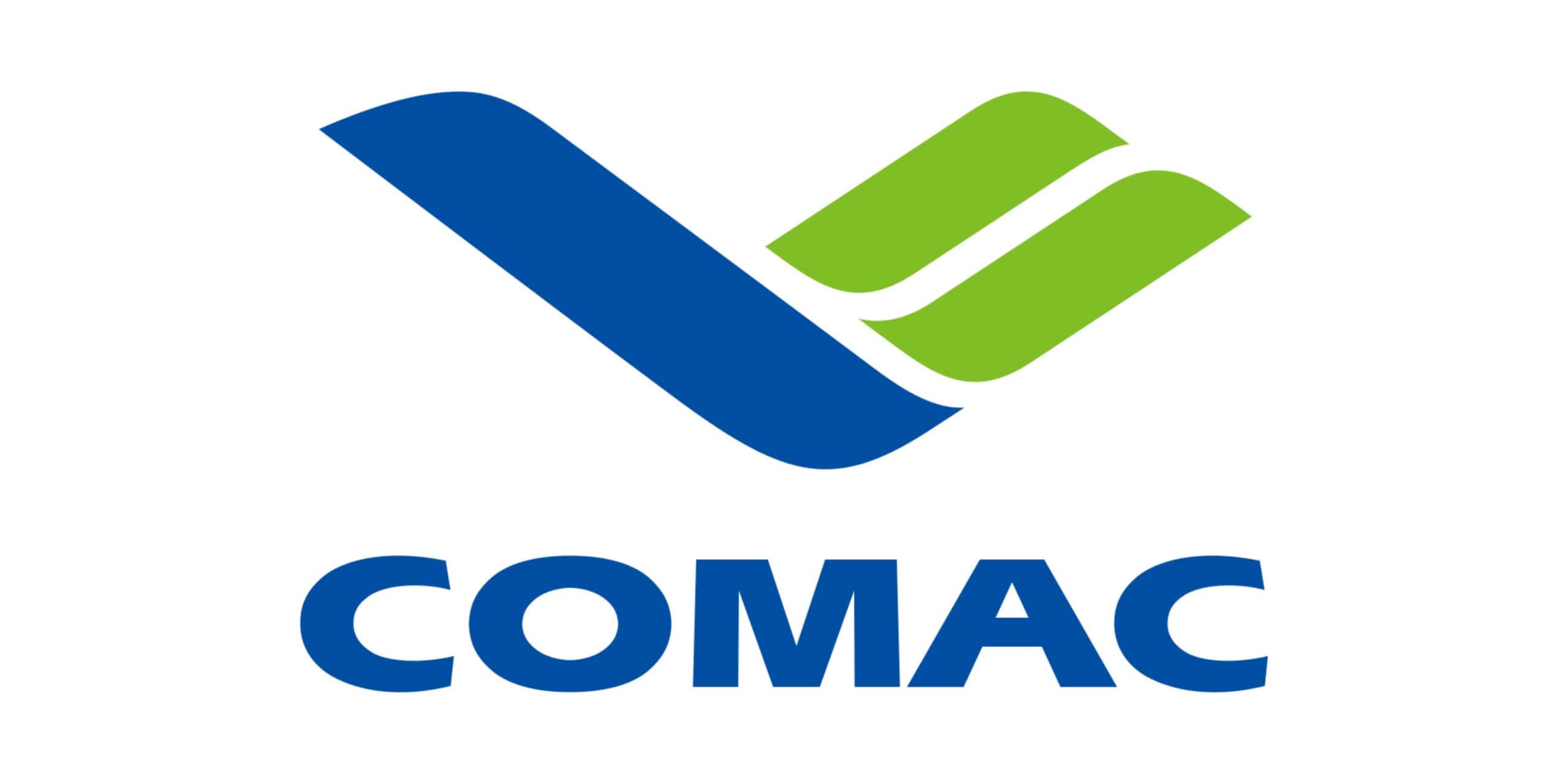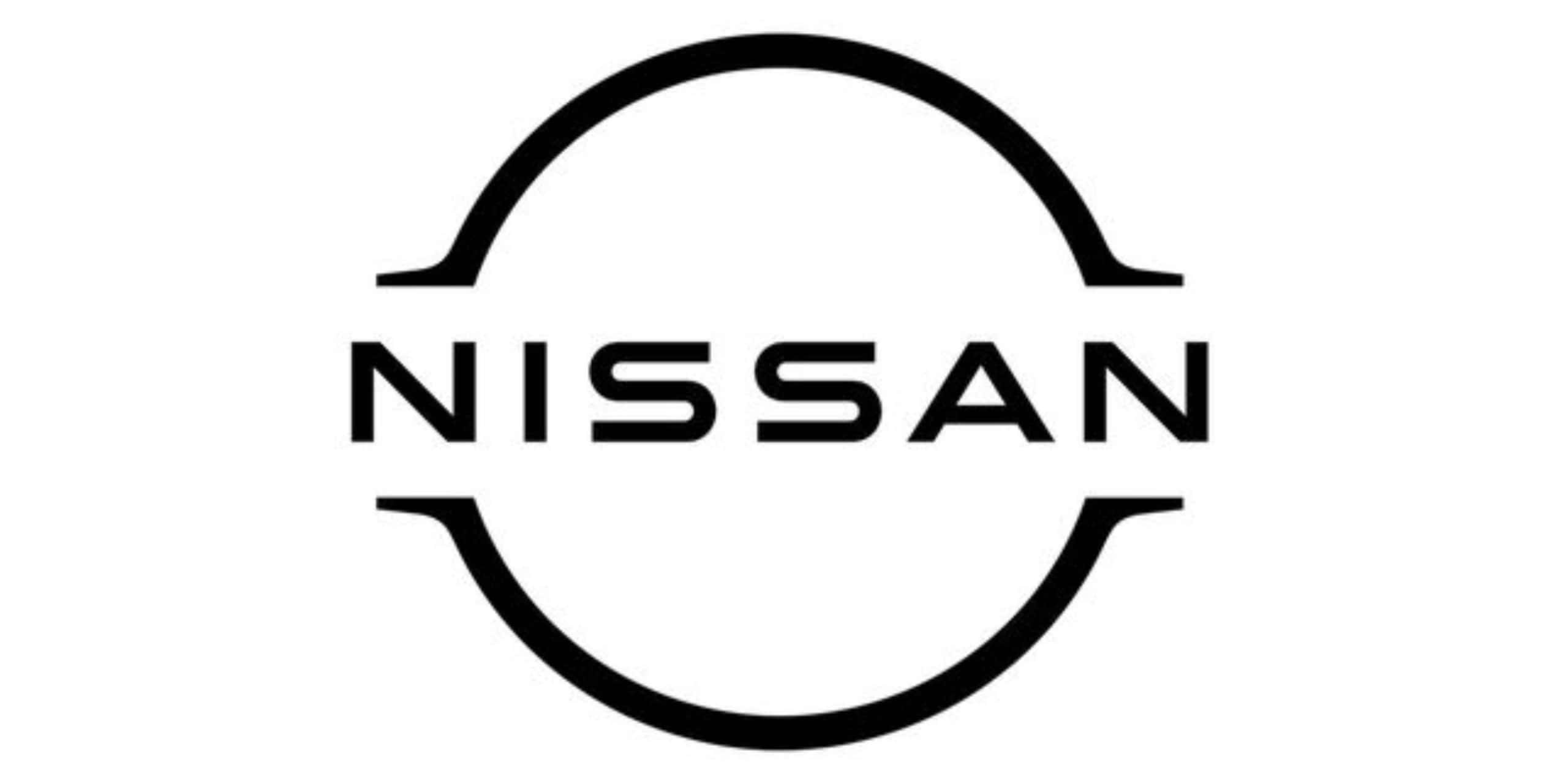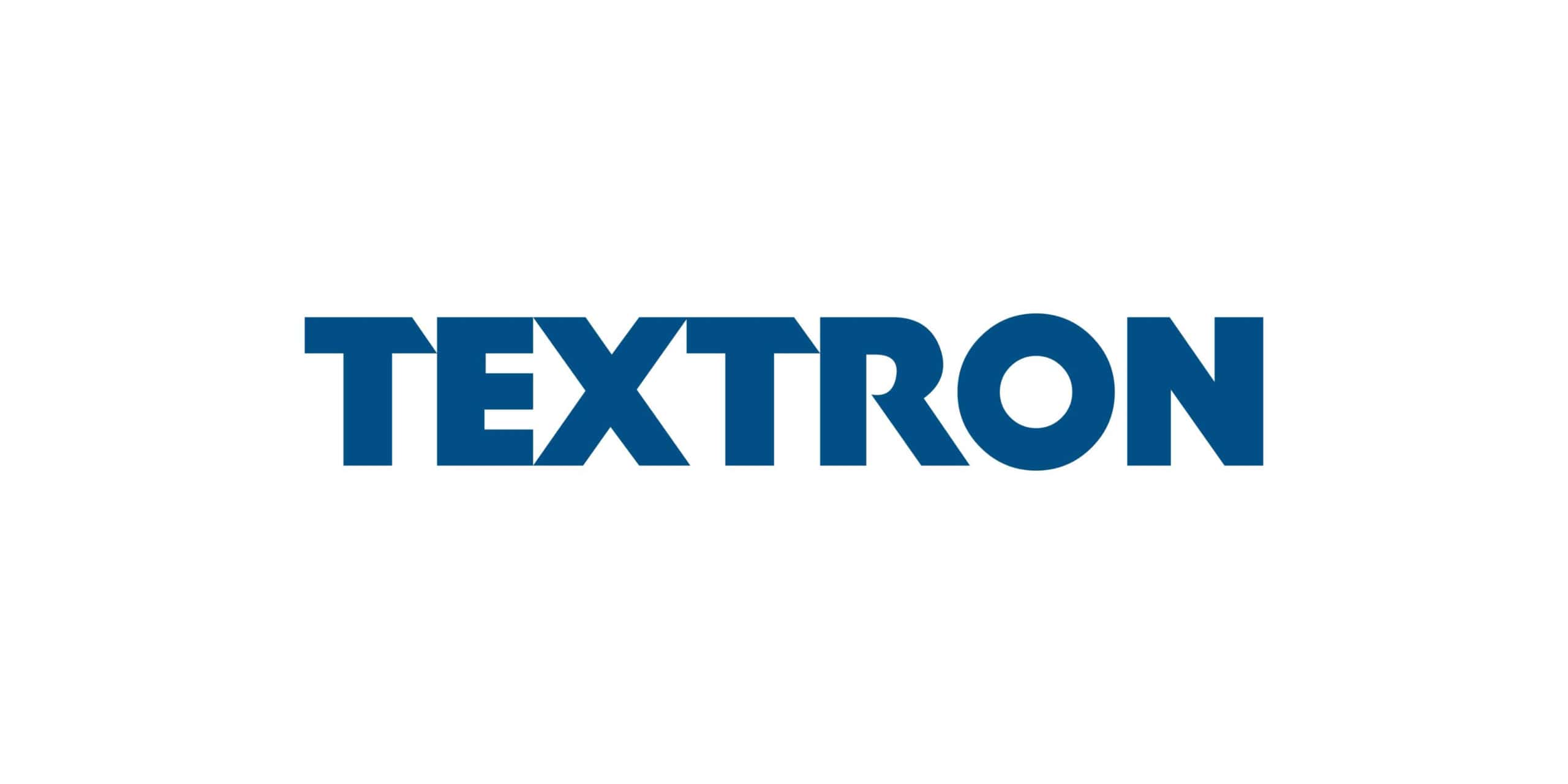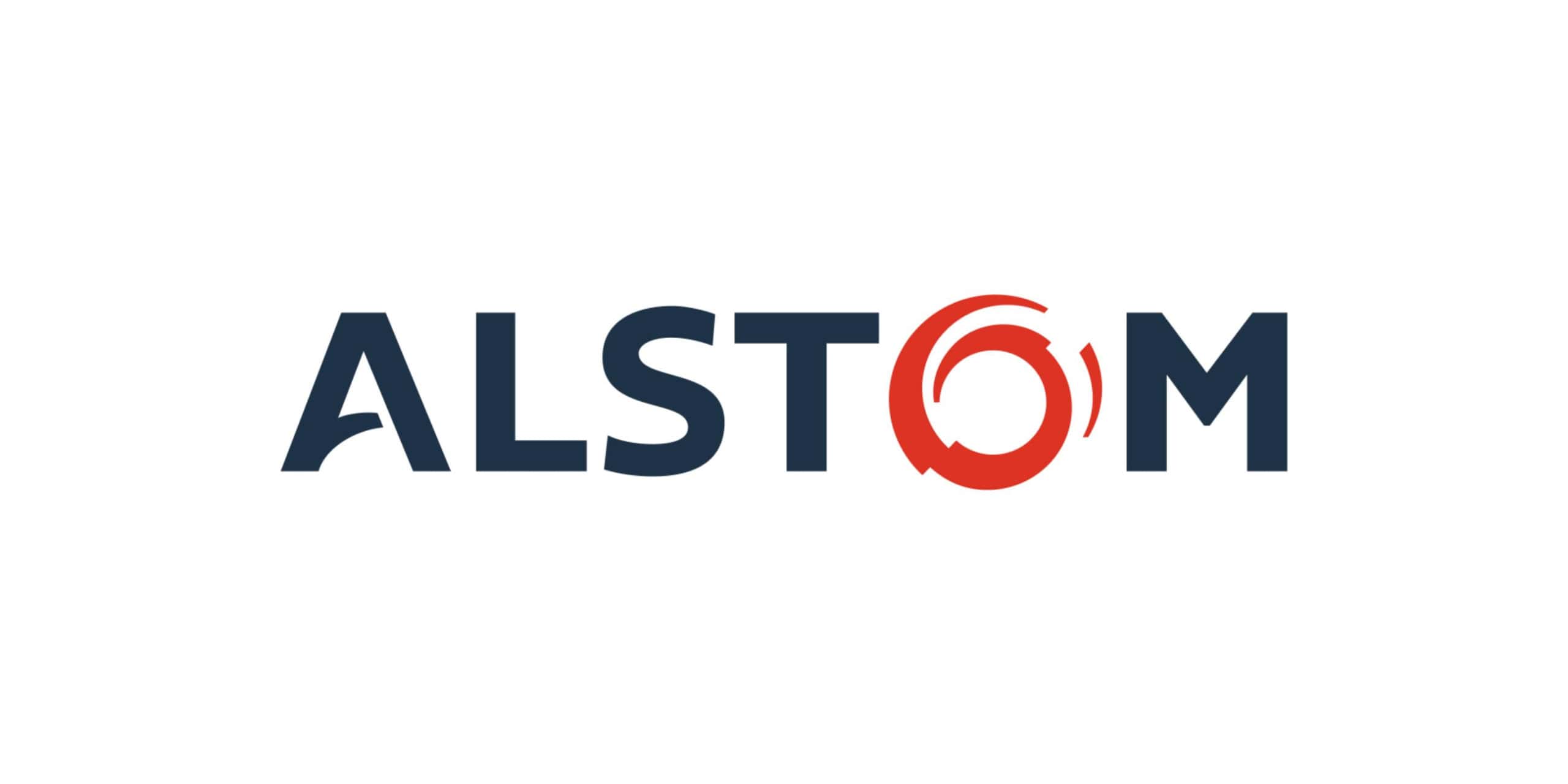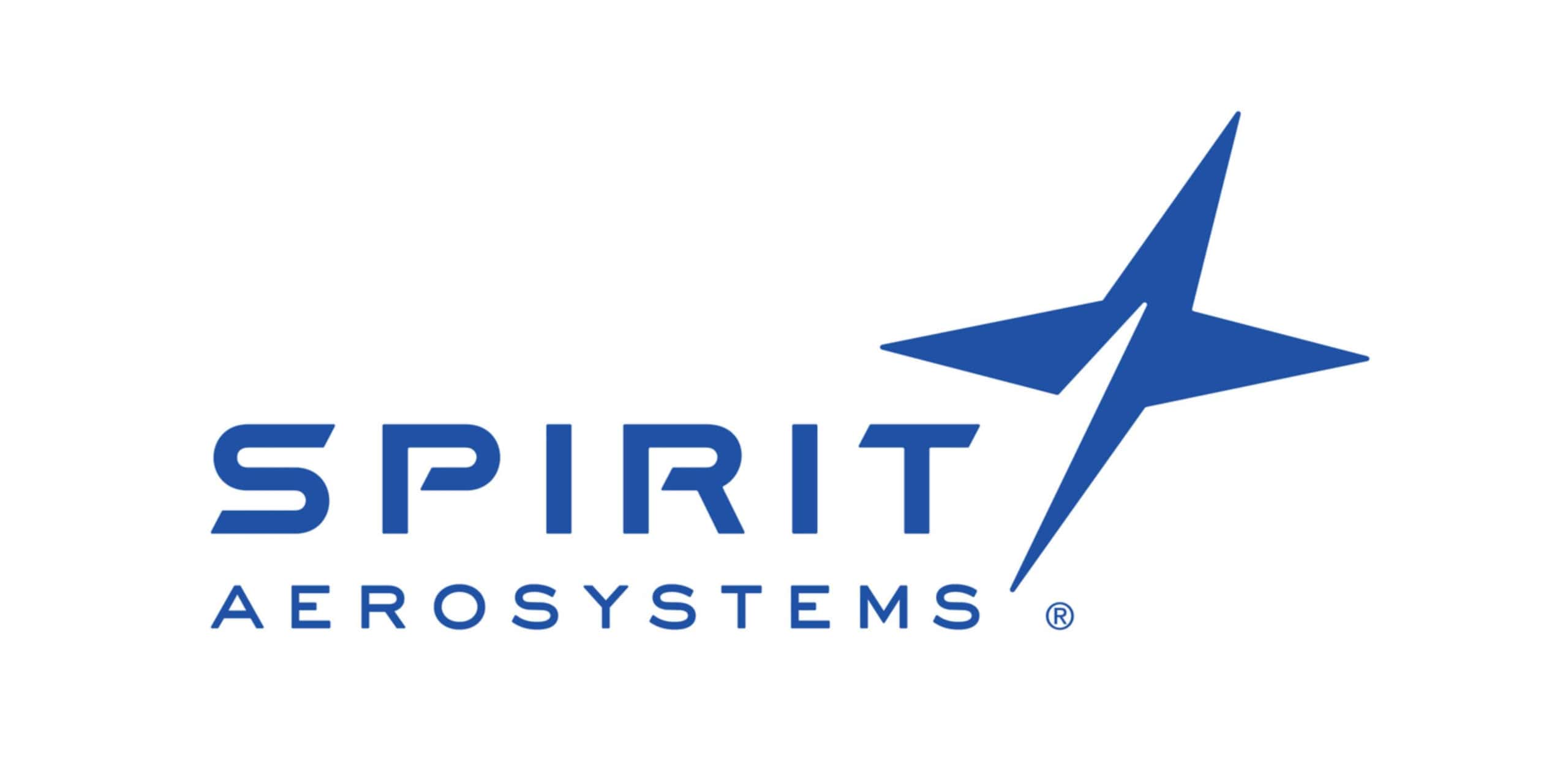Engaging in socially responsible actions builds trust and fosters goodwill within operational communities, facilitating sustained access and growth for businesses in these areas. By prioritizing the well-being of people and the planet, companies can guarantee sustainable employment and thriving communities.
Let’s explore how to effectively integrate Corporate Social Responsibility (CSR) into the supply chain.The Importance of CSR in the Supply Chain
Implementing CSR into supply chain management provides several important benefits to companies. It helps ensure ethical practices are followed throughout the entire production process. It protects brands from potential reputational damage caused by issues further down the supply line.
Fair Treatment of Labors
According to IBM, when CSR is considered, companies can guarantee workers are treated and paid fairly by all business partners. From farm to factory to distribution, people are engaged in safe working environments. This ethical approach develops greater trust with consumers and advocacy groups.
Sustainable Materials and Processes
Environmental reviews of suppliers reduce waste and pollution. Resources are used carefully across the supply network. More efficient logistics like group transport lowers the carbon footprint. Renewable energy and recycling programs encourage long-term natural resource protection.
Resilient Partnerships
Strong, long-lasting ties form between companies and suppliers by upholding CSR standards. Bottlenecks or disruptions impacting raw materials or production facilities can be resolved cooperatively. Back-up manufacturing options ensure orders are filled, and customer service is maintained.
Financial Stability
According to McKinsey, supply chain stability delivers cost savings over time. Less money goes toward fixing issues or lawsuits. Suppliers that invest in their workers and facilities experience less turnover and higher productivity. Companies maintain their social licenses to operate key regions and access new emerging markets.

Key Components of CSR in the Supply Chain
As supply chains extend globally, implementing corporate social responsibility helps ensure ethical, sustainable, and equitable practices across business partnerships. Upholding strong CSR standards mitigates reputational risks and develops resilient, long-term relationships.
Ethical Labor Practices
Ethical labor practices protect the fundamental rights and well-being of all workers involved in production. This includes fair compensation, reasonable working hours, and safe working conditions free from discrimination, harsh treatment, or child labor.
- Paying living wages allows employees to meet basic needs and save for the future.
- Limiting work weeks to defined schedules supports work-life balance and prevents health issues from overwork.
- Providing protective gear and training mitigates workplace accidents and exposure to hazards.
- Resolving grievances through open communication and workers’ groups gives voice to concerns.
Common challenges include monitoring compliance across multiple facilities. Solutions involve audits of suppliers, coding standards into agreements, and collaborating with local stakeholders. When issues do arise, transparent correction and accountability rebuild trust.
Support for Local Communities
Supporting local communities through job creation, sourcing, and charitable programs has sustainable impacts. It fosters goodwill that cultivates shared prosperity.
- Procuring raw materials from surrounding areas strengthens regional economies.
- Sponsoring skills workshops and education programs empower community development.
- Partnering on infrastructure or health projects improves quality of life
- Donating a portion of proceeds to local causes like hunger relief mobilizes community support
Promoting Environmental Sustainability
- Management of resources, emissions, and waste throughout global operations safeguards the environment for future generations.
- Performing audits and setting reduction targets for energy use, water consumption, and carbon emissions drives continuous improvement.
- Investing in renewable energy and energy efficiency retrofits lowers long-term costs and dependence on fossil fuels.
- Recycling, reusing, and minimizing packaging lessens strain on natural resources and landfill space.
- Sustainable farming and forestry practices preserve biodiversity and ecosystem services in sourcing regions.

A Roadmap for Integrating CSR into Your Supply Chain
Integrating corporate social responsibility into supply chain operations takes diligent planning and execution. However, undertaking this strategic initiative in a thorough, step-by-step manner allows companies to future-proof partnerships and realize cost savings and stakeholder value over the long run.
Assess Your Current Situation
The first step is examining existing supply chain policies and performance regarding ethics, social impact, and sustainability. Methods include supplier surveys, third-party audits, analyzing grievances, carbon footprint reports, and local community relationships. This provides a benchmark to construct achievable CSR goals.
Supplier Surveys
Design and distribute a questionnaire to gather suppliers’ input on current CSR efforts. Questions evaluate labor practices, environmental programs, and community initiatives. This identifies strengths and weaknesses across the supply base.
Third-Party Audits
Hire accredited auditors to perform on-site assessments of a sample of key supplier facilities. Audits validate compliance with labor, safety, and environmental standards through document reviews and staff interviews. Audit findings prioritize issues requiring remediation.
Grievance Analysis
Examine historical data on common worker and community complaints. This may point to recurring risks related to wages, hours, pollution issues, etc. Tracking resolutions over time shows ongoing problem areas or trends within the supply chain.
Footprint Reports
Request suppliers provide data on wastes, emissions, water, and energy use to calculate the total environmental footprint. This benchmarks the current impacts and spots processes holding the largest reduction potential.
Community Meetings
Consult with local leaders and citizens near supplier operations to understand social issues, like skills gaps, infrastructure needs, or community relations concerns. Their feedback helps craft supportive community initiatives.

Develop a CSR Strategy
Craft a clearly defined CSR strategy outlining objectives, key performance indicators, and division of responsibilities that are aligned with UN Sustainable Development Goals. Strategies should consider material issues for the industry and stakeholder expectations. Engaging suppliers early creates investment opportunities.
Setting Objectives
Objectives should be specific, measurable, and include deadlines. An example may be to ensure all primary suppliers pay workers a living wage by 2025.
Defining Key Performance Indicators
Key performance indicators to track goal completion include compliance rates, average wages paid, and number of worker grievances.
Allocating Responsibilities
Responsibilities decompose who drives delivery. Individuals oversee certain objectives, such as a manager accountable for wage audits. Cross-functional teams collaboratively tackle goals such as an emissions reduction project.
Aligning with International Frameworks
Aligning objectives with UN Sustainable Development Goals creates a proven framework for bettering social and environmental conditions.
Engaging Stakeholders
Engaging affected stakeholders like suppliers, workers, and communities in the strategy design procures investment for its execution.
Soliciting Feedback
Sharing draft strategies early with suppliers seeks feedback on realistic targets. It also opens conversations on joint programs where capabilities combine for higher impact.
Communicating the Strategy
Communicating the finalized, board-approved CSR strategy sets unified expectations. Resource commitments show their importance to company success. Regular reporting keeps suppliers and other partners motivated by demonstrating contributions to strategic aims. A robust strategy sets the stage for CSR integration success.
Implement CSR Practices
Roll out initiatives systematically across functions like sourcing, manufacturing, and distribution. Examples include ethical sourcing programs, community health, education, or conservation projects jointly run with suppliers, renewable energy installations, and circular waste management systems. Training suppliers on implementation ensures understanding.
Ethical Sourcing Programs
Establish procurement standards around social and environmental compliance. Audit sourced materials and produce to validate adherence to codes of conduct.
On-site Implementation
Install necessary infrastructure changes like sanitation facilities or renewable energy equipment. Deliver worker training programs on CSR policies, reporting grievances, and safety protocols.
Community Partnership Projects
Collaborate with local leaders to plan mutually beneficial community programs. Examples include education sponsorship, health fairs, or clean water accessibility.
Supplier CSR Training
Educate own staff and supplier managers on deployment responsibilities. Training ensures initiatives follow strategic aims and process standards.
Waste Management Systems
Install recycling, composting, or materials segregation to hit waste reduction targets. Close material loops through circular approaches like refill packaging.
Energy Conservation
Switch machinery or lighting to energy-efficient models to cut usage and costs. Transition facilities or fleet vehicles to renewable power sources over time.
Rollout in phases allows addressing the highest impact issues first while building supply chain CSR management capabilities. Regular evaluation identifies successes to replicate and issues requiring retooling for continuous progress.

Monitor, Report, and Improve
Evaluate impacts through auditing, metrics like compliance rates, and feedback surveys. Publishing annual sustainability reports showing progress against objectives promotes transparency. Learn from challenges, innovate solutions collaboratively, and continuously strengthen management systems to realize full strategy benefits over the long term.
Impact Evaluation
Regular audits assess compliance levels across the supply chain. Metrics such as certification rates and environmental impact data are also tracked. Feedback provides on-the-ground insights into what’s working well and where improvements are still needed.
- Perform regular internal and third-party audits to assess compliance
- Track metrics such as CSR certification rates and environmental performance
- Administer feedback surveys to suppliers, workers, and communities
Performance Reporting
Progress against strategy objectives is publicly reported through annual sustainability reports. This promotes transparency with stakeholders.
- Publish annual sustainability reports detailing goals, updated data, and progress.
- Reports promote transparency to stakeholders on CSR impacts
Management Review
Findings are reviewed by senior leadership to guide continuous improvement efforts. Both high performers and lagging issues are identified.
- Senior leadership reviews evaluation findings to identify strengths and challenges.
- Recognizes high performers and addresses lagging issues
Collaborative workshops and pilot projects help strengthen weaker systems. Policies and processes are then revised based on lessons learned. A cycle of evaluation and improvement embeds CSR long-term.

Final Words
Integrating CSR into supply chain operations ensures companies act as responsible stewards across their entire value chains. A structured roadmap involves assessing current impacts, crafting goals aligned with stakeholder needs, implementing ethical programs collaboratively, monitoring impacts, and continually improving. Addressing social and environmental issues builds resilience for businesses and communities alike. With diligent planning and execution, CSR delivers long-term sustainability benefits far greater than short-term savings from cutting corners.













